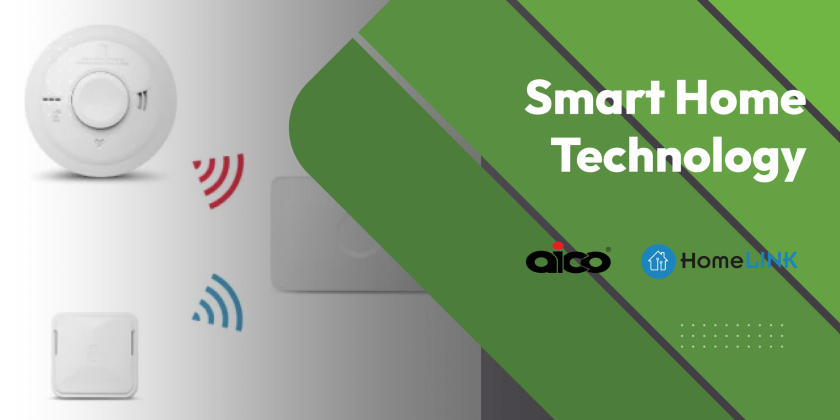Solar panels have become a common sight on rooftops and fields, heralding a new era in sustainable energy. These sleek, flat devices harness the abundant power of the sun, turning sunlight into electricity through a fascinating process that combines science and innovation. Understanding how solar panels work not only demystifies this green technology but also highlights the benefits of renewable energy sources in reducing our carbon footprint. In this step-by-step guide, we will delve into the journey of sunlight as it transforms into usable electricity, shedding light on each stage of the process. Whether you are considering solar panels for your home or simply curious about how they function, this exploration offers a clear and practical insight into the workings of solar power.
Introduction to Solar Energy
Solar energy is a pivotal part of the shift towards renewable energy sources. It harnesses the sun’s power, providing a clean and sustainable alternative to fossil fuels.
Basics of Solar Energy
Solar energy is the radiant light and heat from the sun that is harnessed using various technologies such as solar heating, photovoltaics, and solar thermal energy. It is a renewable energy source, meaning it is inexhaustible and environmentally friendly. The energy from the sun is abundant and, when captured efficiently, can provide significant power to meet human needs.
The process begins with sunlight, which is composed of photons. These photons hit the solar panels and are transformed into electricity. This electricity can then be used to power homes and businesses. Solar panels are typically installed on rooftops or open fields where they can receive maximum sunlight exposure.
In summary, solar energy is a clean, renewable energy source that is becoming increasingly important in reducing reliance on non-renewable energy sources and mitigating climate change impacts.
Importance of Solar Power
The importance of solar power lies in its ability to reduce carbon emissions and combat climate change. Solar power generates electricity without emitting greenhouse gases, unlike traditional fossil fuels. This makes it a crucial part of global efforts to reduce carbon footprints.
Economically, solar power can lead to significant savings on energy bills. Once installed, solar panels provide free electricity, reducing dependence on energy companies and their prices.
Socially, solar power increases energy independence and security. It provides a reliable source of power even in remote areas where traditional energy infrastructure may be lacking.
-
Reduces carbon emissions
-
Saves on energy costs
-
Increases energy security
Core Components of Solar Panels
Understanding the core components of solar panels is crucial for appreciating how they convert sunlight into electricity.
Photovoltaic Cells Explained
At the heart of solar panels are photovoltaic (PV) cells. These cells are responsible for converting sunlight into electrical energy. They are usually made from silicon, a semiconductor that absorbs light.
When sunlight strikes the PV cells, it knocks electrons loose, allowing them to flow and create an electric current. This phenomenon is known as the photovoltaic effect. The efficiency of these cells determines how effectively they can convert sunlight into electricity.
Moreover, PV cells are assembled into solar panels, which are then connected together to form a solar array. This array is what generates electricity for use in homes and businesses.
In essence, photovoltaic cells are the building blocks of solar panels, enabling the conversion of sunlight into usable electrical energy.
Role of Inverters
Inverters play a crucial role in the solar power system by converting direct current (DC) electricity produced by solar panels into alternating current (AC) electricity. AC electricity is the standard used by most household appliances and the power grid.
This conversion is essential because the DC electricity generated by solar panels cannot be used directly by most electrical devices. Inverters ensure that the electricity produced is compatible with the electrical grid and household systems.
Inverters come in various types, including string inverters, microinverters, and power optimisers. Each type has its own advantages and is suited for different installations.
-
Converts DC to AC electricity
-
Ensures compatibility with the power grid
-
Offers different types for various installations
The Science Behind Energy Conversion
The science behind solar energy conversion is a fascinating blend of physics and technology.
Photovoltaic Effect Unveiled
The photovoltaic effect is the process that allows solar cells to convert sunlight into electricity. It was first discovered in 1839 by the French physicist Edmond Becquerel.
This effect occurs when photons from sunlight knock electrons in a semiconductor material, such as silicon, loose. These free electrons then flow through the material to generate an electric current.
The photovoltaic effect is the foundation of solar energy technology, enabling solar panels to generate electricity without any moving parts or emissions. It is a simple yet powerful process that underpins the entire solar industry.
In understanding the photovoltaic effect, it becomes clear how solar panels can provide clean, renewable energy efficiently and reliably.
Process of Energy Transformation
The transformation of sunlight into electricity within a solar panel follows a straightforward process:
-
Photon Absorption: Sunlight hits the solar panels, and photons are absorbed by the photovoltaic cells.
-
Electron Excitation: The absorbed photons excite electrons, knocking them loose and creating electron flow.
-
Current Generation: The flow of electrons through the semiconductor material generates a direct current (DC).
-
Inversion: The inverter converts the DC electricity into alternating current (AC), which can be used in homes and businesses.
This step-by-step process highlights the efficiency of solar panels in converting sunlight into electrical power without any pollutants.
Maximising Solar Panel Efficiency
Maximising the efficiency of solar panels is essential for optimising energy production.
Factors Affecting Performance
Several factors can influence the performance of solar panels:
-
Orientation and Tilt: Panels should be oriented towards the sun and tilted at an optimal angle to maximise exposure.
-
Shade and Obstructions: Any shading from trees or buildings can significantly reduce efficiency.
-
Temperature: High temperatures can decrease a panel’s efficiency as extreme heat affects the semiconductor material.
-
Maintenance: Regular cleaning and maintenance are essential to ensure panels operate at peak efficiency.
By addressing these factors, solar panels can be optimised to generate the maximum possible electricity from available sunlight.
Tips for Optimal Installation
For optimal solar panel installation, consider the following tips:
-
Angle and Orientation: Install panels facing true south (in the Northern Hemisphere) or true north (in the Southern Hemisphere) with an optimal tilt angle.
-
Avoid Shading: Ensure there are no obstructions that might cast shadows on the panels.
-
Professional Installation: Hire experienced professionals for installation to ensure correct setup and safety.
-
Regular Maintenance: Clean panels regularly to remove dust and debris, maintaining maximum efficiency.
These tips will help ensure that solar panels are installed in a way that maximises their energy output.
Future of Solar Technology
Solar technology is rapidly evolving, promising even greater efficiencies and applications in the future.
Innovations on the Horizon
The future of solar technology is bright with several innovations on the horizon:
-
Perovskite Solar Cells: Offering higher efficiency and flexibility compared to traditional silicon cells.
-
Bifacial Panels: These can capture sunlight from both sides, increasing overall energy yield.
-
Solar Skins: Aesthetic solar panels that blend seamlessly with building surfaces.
-
Energy Storage: Advancements in battery technology to store solar energy more efficiently.
These innovations promise to make solar technology more versatile and accessible, leading to wider adoption and more significant energy savings.
Impact on Global Energy Use
Solar technology has a profound impact on global energy use:
-
Renewable Energy Mix: Solar power is increasingly becoming a significant part of the global energy mix.
-
Energy Accessibility: Solar technology provides energy solutions in remote and underserved areas.
-
Emission Reductions: Widespread adoption of solar technology can significantly reduce global carbon emissions.
The impact of solar technology on global energy use will continue to grow, providing cleaner and more sustainable energy solutions to meet the world’s needs.


